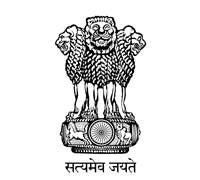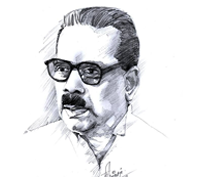Book Details
BACK|
Title |
Iṟaiyaṉār Akapporuḷ : Text, Transliteration and Translations in English Verse and Prose |
|
Author |
Prof. V. Ramasamy [Comp., & Ed.] |
|
Publisher |
Chennai: Central Institute of Classical Tamil |
|
Publish Year |
2012 |
|
Language |
English |
|
Book ISBN |
978-93-81744-03-1 (HB) |
|
Number of Pages |
48 |
|
Book Price |
Rs.75.00 |
|
About the Book:- |
Tolkāppiyam and Iṟaiyaṉār AkapporuỊ are the early theoretical treatises on the Akam tradition of the Tamils. The third part of Tolkāppiyam, namely poruỊatikāram, focuses primarily on the Akam and Puṟam aspects of life, besides dealing with the systems of prosody, poetical devices, usage of words, forms of literary compositions, bodily manifestations, and methods of composition. Tolkappiyar’s classification of the contents of poetry into Akam (interior) and Puṟam (exterior) and the creation of the system of tiṇ ai are unique in the realm of poetic creation. Tolkappiyar gives the principles of poetics involving the composition of love poems and also Puṟam poems based on the literary works available before and during his period. The “tiṇ ai” system covers both the Akam and Puṟam divisions, but it is more consistent with Akam poetry where there is a perfect unity among the three elements of tiṇ ai – mutal (time and place) karu (matrix, environment), and uri (theme/situation) representing themetiṇ ai correlation. But in the case of Puṟam poems, out of the three elements of tiṇ ai, only the theme is presented without the other elements, namely mutal and karu. The classification of tiṇ ai into mutal, karu, and uripporuỊ, the main and supplementary characters, their functions and characteristics, the situations of their discourses in the premarital (kaỊavu) and marital (kaṟpu) life, the literary techniques such as uỊỊuṟai, iṟaicci, and meippāṭu, i.e. implications, and emotional manifestations, etc., provide the poetic universe of the Akam tradition. Likewise, Iṟaiyaṉār AkapporuỊ speaks about only the Akam conventions. It deals with the poetic love – the love between a man and a woman as it grows from their first meeting to its culmination in their married life leaving out details concerning tiṇ ai and other formal aspects of Akam poetry. It focuses mainly on the secret love (KaỊavu) phase and the married love (Kaṟpu) phase of the lovers and the major situations and the discourses of the characters in respective contexts. The last five nūṟpās (verses) deal with the rhetorical features of Akam poetry. Tolkāppiyam, while classifying the Akam tradition into kaỊavu and kaṟpu, defines kaṟpu as married life (Tol. 1086). |













